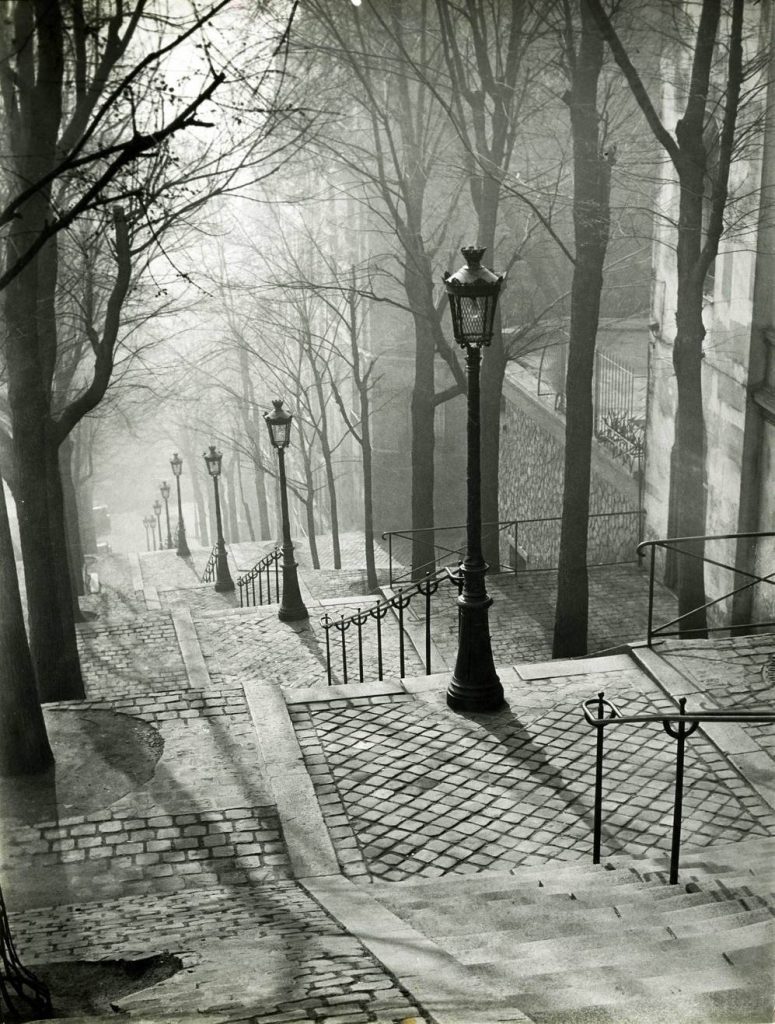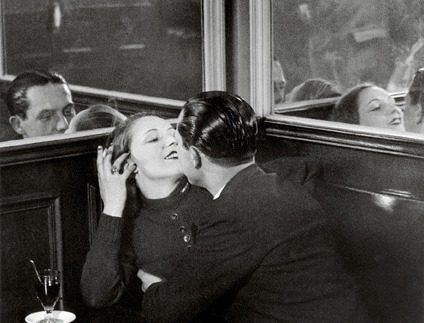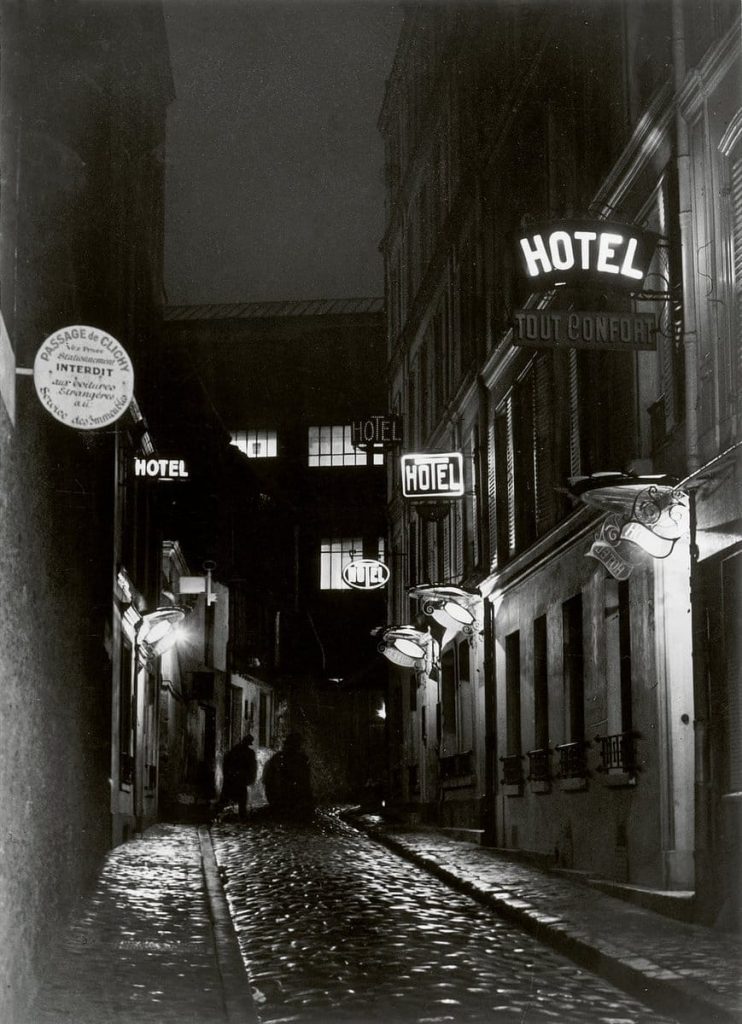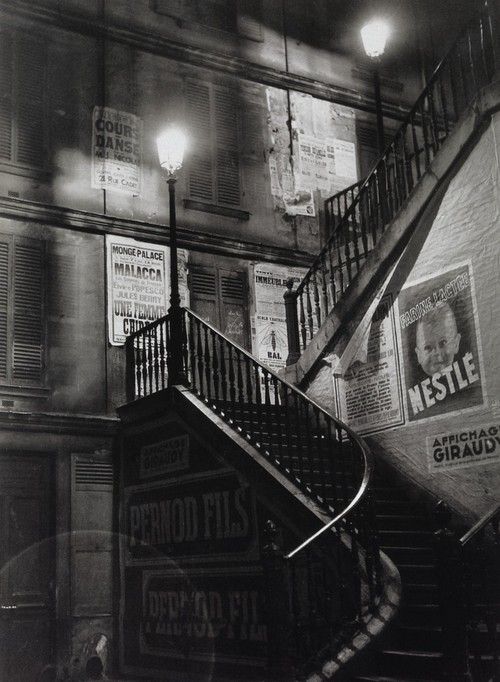
Gyula Halász, known by his pseudonym Brassai, emerged as a luminary in the world of photography, capturing the soul of Paris during the 20th century. Born on September 9, 1899, in Brassó, Austria-Hungary (now Brașov, Romania), Brassai’s artistic journey began with a diverse range of pursuits, eventually converging into a singular passion for photography. His early years, marked by an innate curiosity and a keen eye for observation, laid the groundwork for a career that would immortalize the city of Paris through the lens of his camera.
Brassai’s initial foray into the arts involved studying painting and sculpture at the Hungarian Academy of Fine Arts in Budapest. However, his trajectory shifted when he moved to Paris in 1924, a pivotal moment that would shape his artistic identity. Fascinated by the vibrant and eclectic life of the city, Brassai found his true calling in the art of photography, a medium that allowed him to explore the nuances of Parisian culture and society.
Paris by Night
Brassai’s most iconic and enduring body of work revolves around his exploration of Parisian nightlife. Armed with his camera and an acute sensitivity to the interplay of light and shadow, Brassai delved into the nocturnal realm of the city. His photographs, often taken in the dimly lit corners of bars, dancehalls, and the shadowy streets of Montparnasse, captured the mysterious and evocative atmosphere of Paris after dark.

One of Brassai’s seminal works is the collection titled “Paris de Nuit” (Paris by Night), published in 1933. In this groundbreaking series, he documented the nocturnal activities of the city’s inhabitants, from the bohemian intellectuals to the denizens of the underworld. Brassai’s images evoke a sense of intimacy and authenticity, offering viewers a glimpse into a hidden Paris that thrived under the cover of darkness. The play of light and shadow in his photographs created a chiaroscuro effect, emphasizing the contrasts and revealing the nuances of Parisian life after sunset.
Portraits of Artists and Literary Giants
Beyond his exploration of Parisian nightlife, Brassai’s lens captured the faces and personas of some of the most influential artists and writers of his time. His portraiture work became a bridge between the visual and literary worlds, showcasing an intimate connection with the creative minds that shaped the cultural landscape of Paris.
Brassai’s friendships and collaborations with luminaries like Pablo Picasso, Salvador Dalí, and Henri Matisse resulted in portraits that transcended mere documentation. His ability to capture the essence of these artistic giants, often in candid moments or in their private spaces, added a layer of depth to his portraiture. The series “Conversations avec Picasso” (Conversations with Picasso) exemplifies Brassai’s unique approach, offering a visual dialogue with the legendary Spanish artist that went beyond the canvas.

In addition to visual artists, Brassai also documented the literary scene of Paris, creating portraits of renowned writers such as Jean-Paul Sartre, Albert Camus, and Henry Miller. His portraits of these literary figures not only captured their physical presence but also conveyed the intellectual and existential spirit of the time. Brassai’s ability to transcend the superficial and reveal the inner worlds of his subjects solidified his reputation as a master portraitist.
Enduring Contribution to Photography
Brassai’s legacy extends far beyond his immediate era, influencing generations of photographers and shaping the perception of Parisian life in the 20th century. His profound impact on the medium of photography is evident in the way he seamlessly blended artistic expression with documentary intent, creating a visual narrative that transcends time.
Throughout his career, Brassai continued to diversify his photographic subjects, exploring themes such as graffiti, sculptures, and the essence of everyday life. His work consistently demonstrated a deep connection to the human experience, whether through capturing the emotive power of a portrait or the ambiance of a Parisian street at night.
In recognition of his contributions to photography, Brassai was awarded the Legion of Honor in France. His photographs are housed in prestigious institutions worldwide, including the Museum of Modern Art (MoMA) in New York and the Centre Pompidou in Paris. The enduring relevance of Brassai’s work is evident in the continued fascination with his images, which not only serve as a historical record of a bygone Paris but also as timeless works of art that resonate with universal themes of humanity and culture.

As we reflect on Brassai’s remarkable journey, it becomes clear that his lens was not merely a recorder of moments but a transformative tool that revealed the essence of the world around him. His ability to elevate the ordinary to the extraordinary and capture the soul of Paris has left an indelible mark on the history of photography, ensuring that Brassai’s legacy remains illuminated in the annals of artistic achievement.




